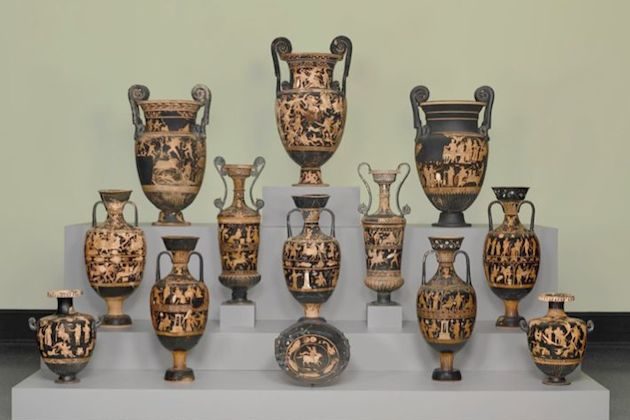Famous Italian aviator Italo Balbo played an integral part in influencing Italy’s progress in aeronautics.
During Fascism, he became an air marshal in the Italian air force, and his efforts to improve the air force are still recognized today. Proponent of Fascism in the beginning, Italo Balbo was against racial laws and Italy’s entrance into the War. He died while flying on a mission, in unclear circumstances. In 1933, he led 24 Italian seaplanes in a historical flight across the Atlantic: an extraordinary endeavor that opened the present-day air route between Europe and the United States.
After 80 years, Italo Balbo’s transatlantic flight is celebrated by an exhibition entitled “Mari e cieli di Balbo”, featuring various pictures and documents from that time. The exhibition premiered in late July in the small town of Orbetello, in Tuscany region, from where the seaplanes took off in 1933.
Then it traveled from Montreal (August 10th) to Chicago (August 14th), where they actually landed, thanks to the support of the local Italian Cultural Institutes that helped promoting it on the occasion of the Italian week and the Italian festival respectively. Present-day Italian air force and other Institutions are also supporting the initiative.
“Mari e cieli di Balbo” is especially interesting because it underlines the connection Italy and the United States had during World War II through original paintings as well as historic and literary documentation. Among them is an essay by Paolo Mieli that focuses on the relationship between the United States and the Fascist movement.
The title of the exhibit also highlights Italo Balbo’s international success: he not only impacted his country’s history but that of the United States as well. In fact, a monument dedicated to Italo Balbo can be found in Burnham Park in Chicago. It was a column erected on the shores of Ostia, port of the Imperial Rome, and donated to the windy city by Mussolini in 1934, in memory of the Italian aviator’s incredible transatlantic flight.




























